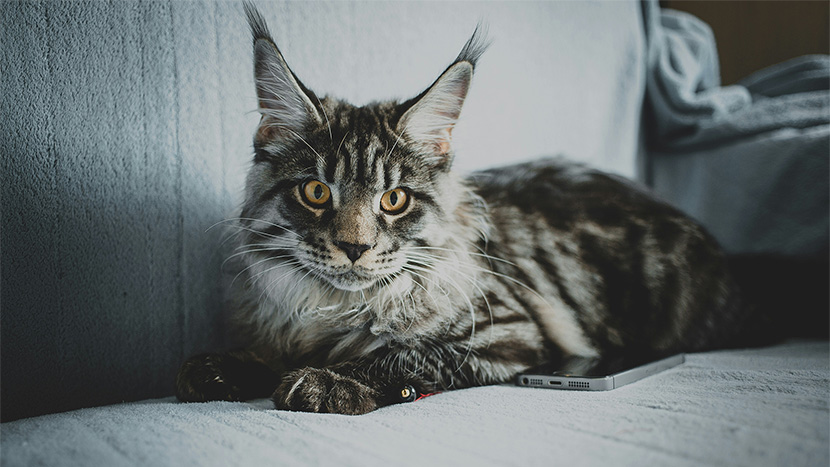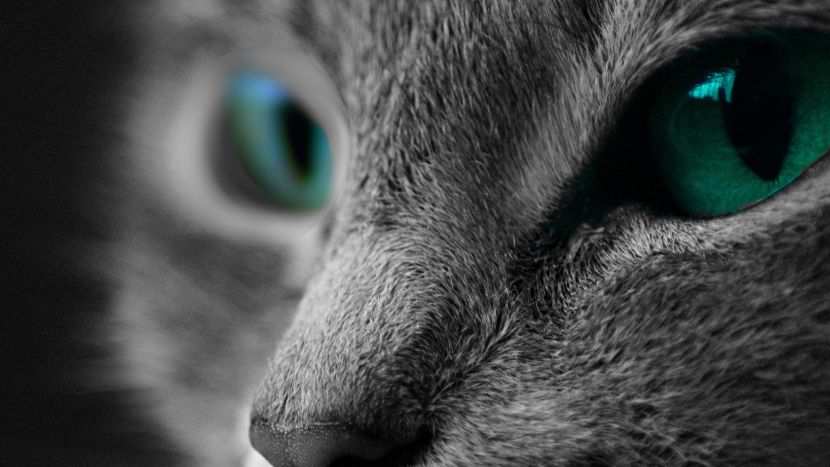The Lone Hunters: Understanding the Predatory Skills of Cats
In the vast and untamed wilderness, wild cats reign supreme as solitary hunters, each species equipped with an array of skills honed over millennia. These feline predators, ranging from the majestic lion to the elusive lynx, embody the essence of the hunt, showcasing abilities that have fascinated humans for generations. This article delves into the predatory prowess of these remarkable creatures, shedding light on the instincts and adaptations that make them unparalleled hunters.
The Maine Coon, one of the largest domesticated cat breeds, exhibits a fascinating blend of characteristics that echo the predatory skills of their wild ancestors, despite their more serene lifestyle. With the impressive Maine Coon size, muscular build, and long, bushy tails, these cats are a testament to their adaptability and hunting prowess. Originally bred for hunting rodents in the harsh climates of the northeastern United States, these cats have retained their keen hunting instincts. Their large, tufted paws act like snowshoes, allowing them to navigate through snowy landscapes, a trait that undoubtedly aided their hunting abilities in their natural habitat.
Moreover, the Maine Coon’s long, water-repellent coat not only provides insulation but also protection during encounters with prey, showcasing an evolutionary advantage in their hunting technique. Their distinctive tufted ears enhance their hearing, making them exceptional listeners, capable of detecting the slightest rustle that might indicate the presence of prey. Though now more likely to be found lounging in the comfort of a warm home than stalking the wilds, the Maine Coon’s playful behavior often reveals their intrinsic hunting nature. Through interactive play, they mimic the predatory skills that once made them formidable hunters, engaging in pounce and chase games that hark back to their ancestral roots.
Stealth and Strategy
At the heart of a wild cat’s hunting technique is an unparalleled stealth. Big cats, like the leopard, employ a silent approach, using their spotted coat to blend seamlessly into the dense foliage of their environment. This camouflage allows them to get close to their prey without detection. Similarly, smaller cats, such as the serval, use tall grasses to hide their approach, leaping incredible distances to catch unsuspecting birds and rodents.
Speed and Strength
Speed is another critical factor in the predatory arsenal of wild cats. Cheetahs, the fastest land animals, can accelerate from 0 to 60 mph in just a few seconds, a speed they use to outrun gazelles and other fleet-footed prey. Meanwhile, the power of a tiger or lion is unmatched in the animal kingdom, capable of taking down prey several times their size with a combination of brute strength and sharp claws.
Sensory Acumen
Wild cats possess acute senses that are pivotal in locating and evaluating potential prey. Their vision, particularly adapted for low-light conditions, allows them to spot movements in the dark with precision. Furthermore, their sensitive whiskers detect slight changes in air currents, alerting them to nearby movements, while their ears can pick up the faintest sounds, from the rustle of leaves to the soft footsteps of prey.
Patience and Precision
Patience is a virtue that all wild cats share, often waiting hours in silence for the perfect moment to strike. This patience is coupled with precision, as cats calculate the distance and trajectory needed to ensure a successful kill. For instance, the lynx will meticulously stalk its prey, waiting for the moment when it is least expecting an attack before pouncing with deadly accuracy.
The Role of Solitude
Unlike many predators that hunt in packs, wild cats are primarily solitary hunters. This solitude necessitates a high level of self-reliance, pushing these animals to perfect their hunting techniques. The solitary nature of their hunting also means that these cats must be proficient in all aspects of the hunt, from tracking and stalking to the final kill.
Domestic Cats Today
Domestic cats today, like the Maine Coon mentioned above, still possess some of these great hunting skills. For this reason, it is important to not let cats outdoors without your supervision, because domestic cats are ranked extremely high on the factors behind the extinction and endangerment of many wildlife species – mainly birds. Cats are also safer indoors from the many dangers of wandering alone, from dogs to cars and disease. You can give you cat indoor enrichment or train them to go outdoors with you on a harness!
In conclusion, the predatory skills of wild cats are a product of evolution, each adaptation serving a specific purpose in their survival. From the stealthy approach of a leopard to the breathtaking speed of a cheetah, these animals continue to thrive in their natural habitats, reminding us of the wild’s untamed beauty and brutality. As we strive to understand and preserve these magnificent creatures, we are reminded of the intricate balance of ecosystems and the critical role predators play in maintaining the health of our planet.


































































































